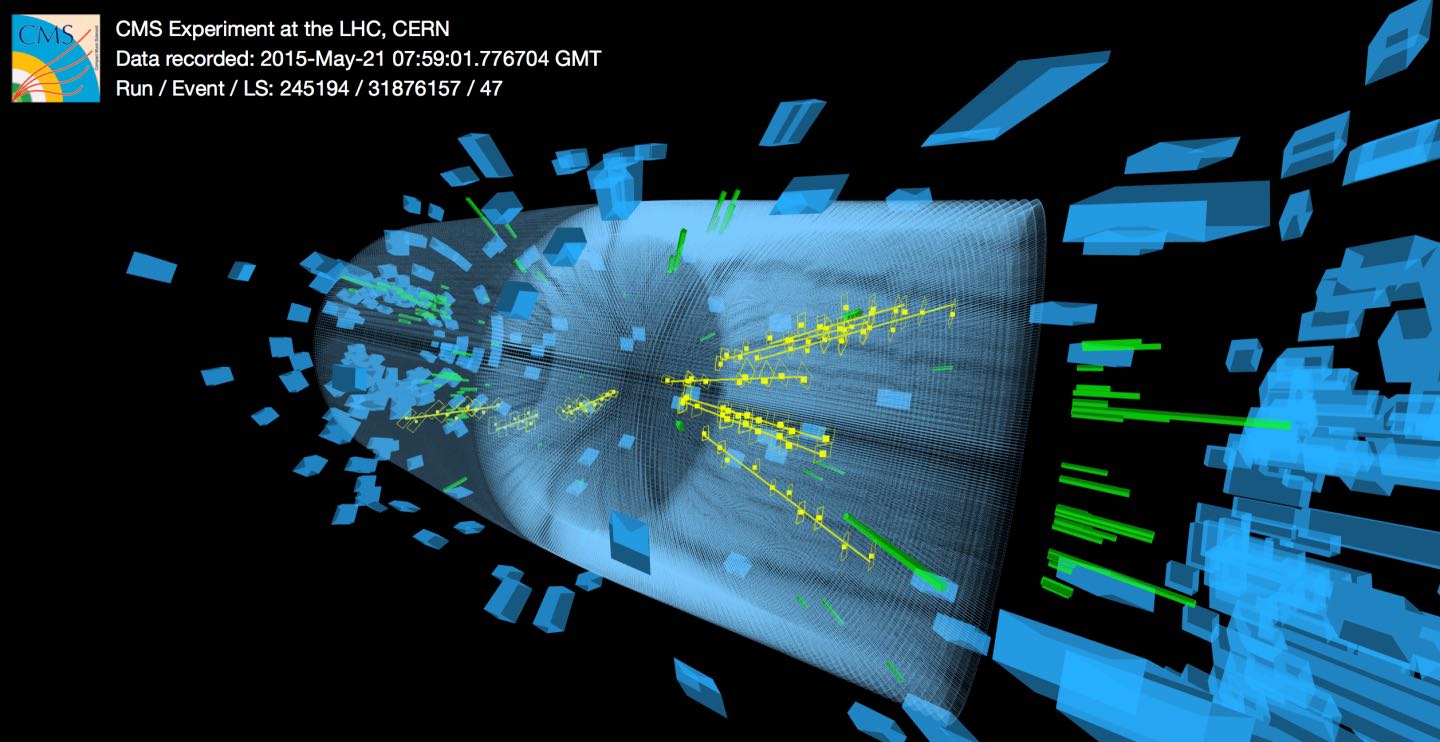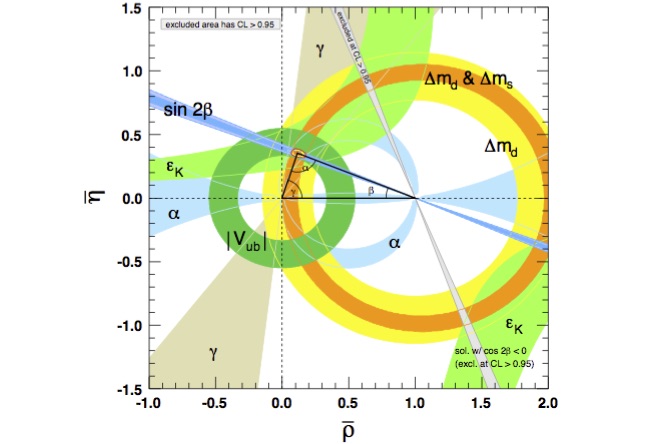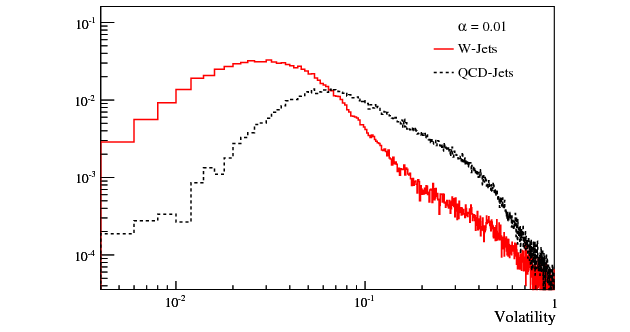Electroweak Physics and Physics Beyond the Standard Model
Amol S. Dighe, Sreerup Raychaudhuri, Tuhin S. Roy, and K. Sridhar

Building Models Beyond the Standard Model (BSM)
The "Standard Model" of particle physics describes nature at an extremely short distance scale in terms of fundamental constituents such as quarks, leptons, and gauge bosons; interacting via the "strong" and "electroweak" forces. Research in model building is aimed at formulating consistent and elegant theoretical models that provide further ultraviolet (UV) completion to the Standard Model and at the same time provide solutions to the pressing issues of the Standard Model such as the Hierarchy problem, Flavor problem, Strong CP problem etc. to name a few. Models are often constructed within a few paradigms. These include, for example, the framework of weak scale supersymmetry, embedding the electroweak theory within a strongly coupled sector, theories with extra spatial dimensions, collective symmetry breaking or rather its implementation in Little Higgs theories, etc. Projects often begin with a given issue of the Standard Model, or even issues with certain classes of BSM scenarios; attempt to formulate consistent theoretical models; and subsequently explore their observable consequences.

Collider Physics
High energy physics colliders are designed to probe the fundamental laws of Nature at extremely short distance scales in an controlled environment. A modern collider such as the Large Hadron Collider (LHC) at CERN achieves this by accelerating proton bunches in opposite directions around a ring and colliding them at extremely high energies. The debris from the collision are observed at large multi-ton detectors (ATLAS, CMS, LHCb and ALICE) located at different points around the ring.
The electroweak group at TIFR is primarily engaged in detecting signals of physics beyond the Standard Model at current colliders (such as the LHC) or future/proposed experiments. We design searches, find variables, and use extensive computer simulations to this effect. We also analyze the results from these experiments to understand the viability of various speculative ideas of BSM physics.

Flavor Physics
In the Standard Model of particle physics, there are six quarks and six leptons, which form three families of matter particles. The masses and mixings of these particles are often referred to as the Flavor sector of the Standard Model. The Flavor problem in the Standard model involves understanding these patterns. Often in models trying to solve the Flavor problem, or even in various extensions of the Standard Model, there are observational consequences in these masses and mixings. Determination of quark mixing (CKM matrix) are, therefore, precision tests of the Standard Model, since these may bear hints of physics beyond the Standard Model. Within flavor physics, we are interested in developing tools and techniques for extracting information from flavor physics data, and in constraining scenarios of BSM by calculating their observational consequences and comparing with data.

Jet Substructure Physics
Jet-substructure physics is one of the newest, fastest growing, and exciting subtopics in the field of particle physics. In high energy colliders (such as the Large Hadron Collider or the LHC), an observed event is described in terms of detected objects (such as tagged-photons, tagged-leptons, QCD-jets) and their kinematic properties. The main distinction between traditional collider physics and jet-substructure physics lies in the fact that these detected objects in substructure physics are considered to be reducible. In a typical substructure project, one looks inside these objects in order to find new observables, which are consequently used in order to improve the identification/tagging efficiency of these objects.
Neutrino Masses and Mixings
The flavor problem has become especially acute with the recent experimental proof that neutrinos have mass and experience oscillations. The primary problem in neutrino physics lies in the determination of neutrino mixing parameters (and searches for new physics) at/from ongoing and future experiments. Efforts range from preparing simulation for feasibility studies to data analysis. We are heavily involved in the physics analysis of the ICAL experiment at INO.
We are also interested in mass generation of neutrinos, their connection to quark masses and High scale physics (GUT or see-saw mechanisms), and finally in the impact of neutrino mass/mixings in astrophysical scenarios (for more about this topic see the Cosmology page )